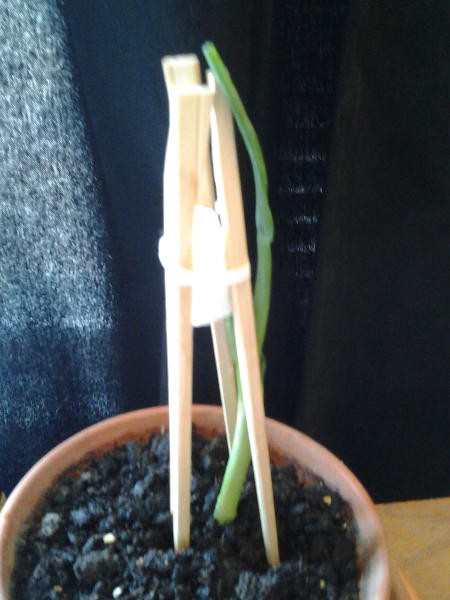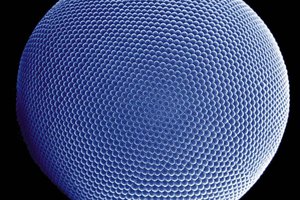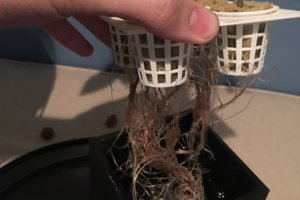Basic Considerations
Leaves use energy from sunlight to produce sugar. Edible parts of plants grow by feeding on this sugar, not by directly relying on the light. The sugar is transported in the phloem, and making plants grow in the dark may be as simple as injecting sugar water into the phloem, like intravenously feeding humans. However, the leaves may also release hormones signalling that light is received, and the growth, healing, and anti-predation responses of the phloem might make this kind of feeding technically challenging.Within the leaf, there are other intermediate steps between light and sugar. Pyruvate is one of the intermediate chemicals, and it's also a substance which human chemists have long been able to synthesize from the simplest materials without the aid of any living thing. I'm hopeful that simply injecting pyruvic acid into leaves of some plants will cause them to be taken up and made into sugar.
Another interesting possibility is feeding plants on ethanol. Where humans and other animals produce lactic acid from sugar during anaerobic metabolism (such as during intense activity), plants get energy from making ethanol (such as when sprouting). In each case, once oxygen is available, this fermentation product can be broken down further for additional energy or recycled into sugar or other materials. Ethanol is a simpler molecule than pyruvic acid, and easier to synthesize. I would enjoy attempting to produce a microreactor that turns hydrogen and CO2 sources into a flow of ethanol, and find a plant or fungus which can be grafted into a frame to be continuously fed ethanol and tapped for a continuous flow of sugar-rich sap.
There are many possible methods of "injection", from merely abrading the surface and clamping a soaked, drip-fed cloth to the abrasion, to a microstructured biocompatible grafting frame. Naturally, I intend to start with the crudest methods, and work my way toward more sophisticated techniques.
"Foliar feeding" may also be possible, with plants accepting food through undamaged surfaces, though it would be pure serendipity if that were enough for them to be grown in total darkness. Parasitic plants and fungi may provide better shortcuts, or at least inspiration.
Project Aims and Limitations
This is intended as a proof-of-concept project, with the aim of demonstrating any edible plant product being repeatably produced in darkness by chemical feeding, at least with an indefinitely storable feedstock (such as table sugar or corn starch), and preferably by one known to be produceable by a method which can take an abiotic energy source.
I have basically no qualifications to pursue this project, and am approaching it as a fun hobby. My main hope is to attract the interest of people with more useful knowledge and collect their suggestions or provoke some of them with my own fumblings into doing it better themselves. There has been a lot of work on plant metabolism and grafting, so I'm starting out by searching and studying the literature in my spare time. It may be that the essential methods have already been discovered.
Commercialization and Individual Use Potential
I think the nearest-term economically-viable application would be locally producing fresh fruits and vegetables from stored sugar or starch and fertilizers, which are inexpensive, dense, imperishable, and easy to ship. The benefit would be higher quality produce at lower cost and lower total energy consumption.
In the medium term, I think methods of feeding and tapping off plants could also take over sugar, starch, and whole grain production. This would be less about efficiency, and more about consistency of output, food security, and reducing land use and environmental impact.
I see this as a highly evolvable concept, which could be made more and more efficient as more sophisticated methods are developed, and eventually be applied to meat production as well. I see an incremental path from simply feeding whole plants, to having a grafting interface...
Read more » Darrell Johnson
Darrell Johnson







 Kenji Larsen
Kenji Larsen

 Garret
Garret
Given the trouble you've been having with various fungi, have you considered growing edible fungi instead of plants? They have evolved to subsist entirely on chemical energy,